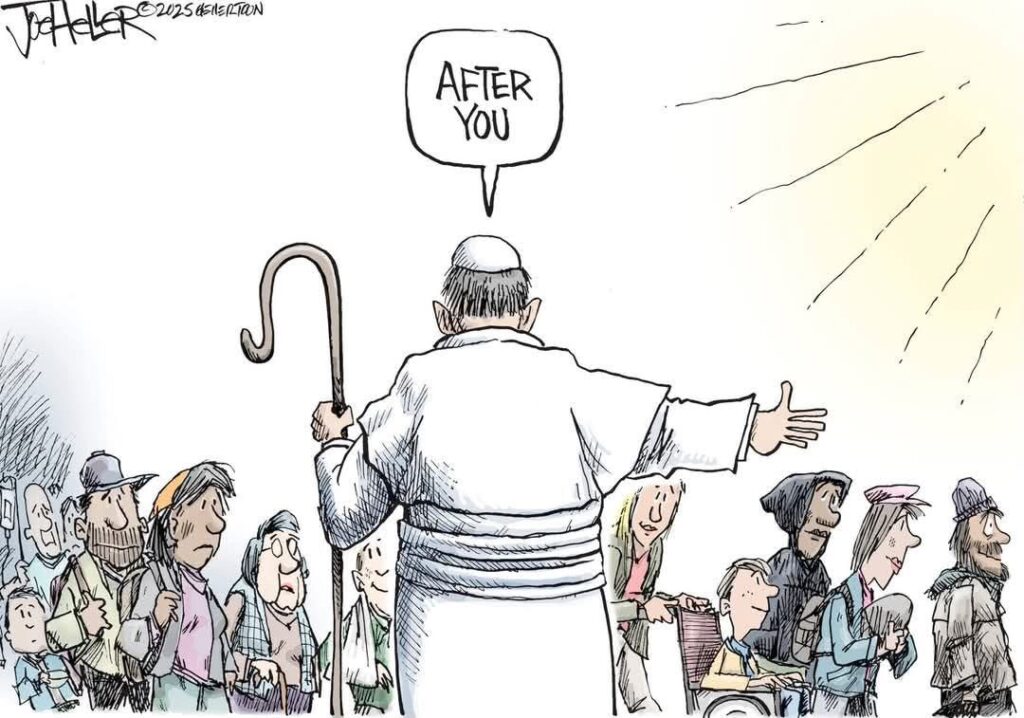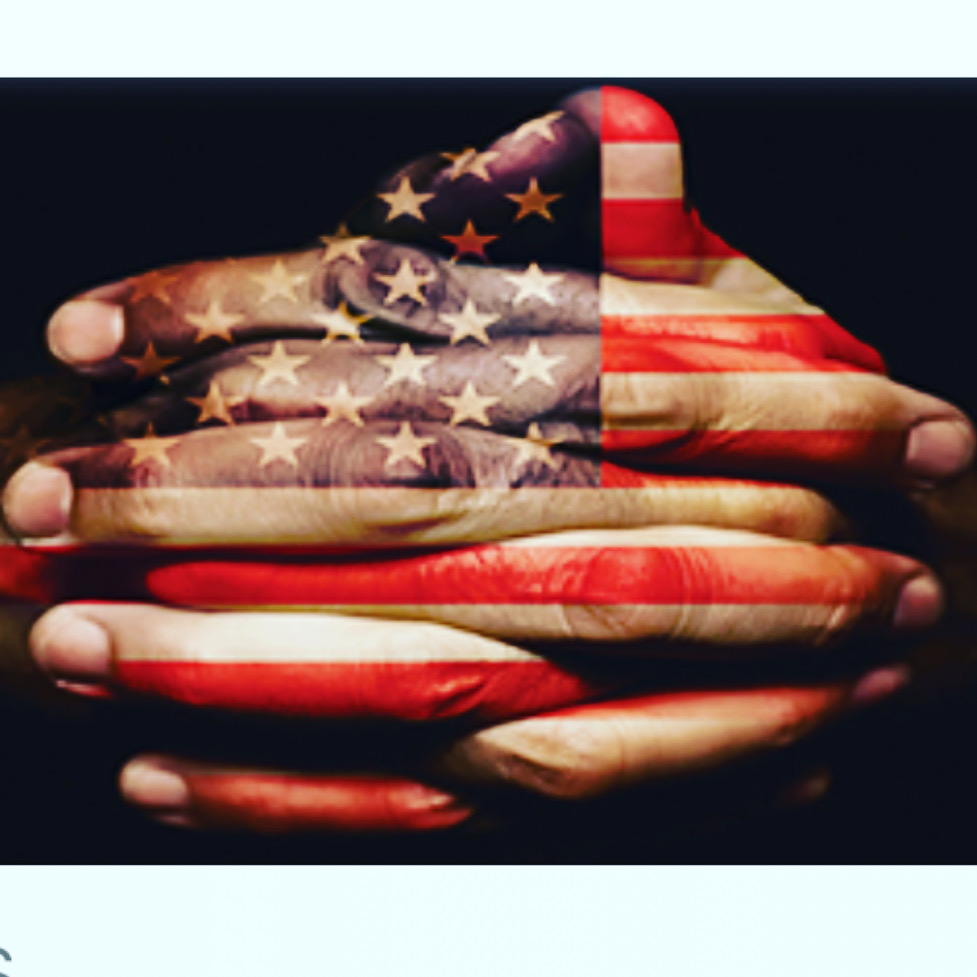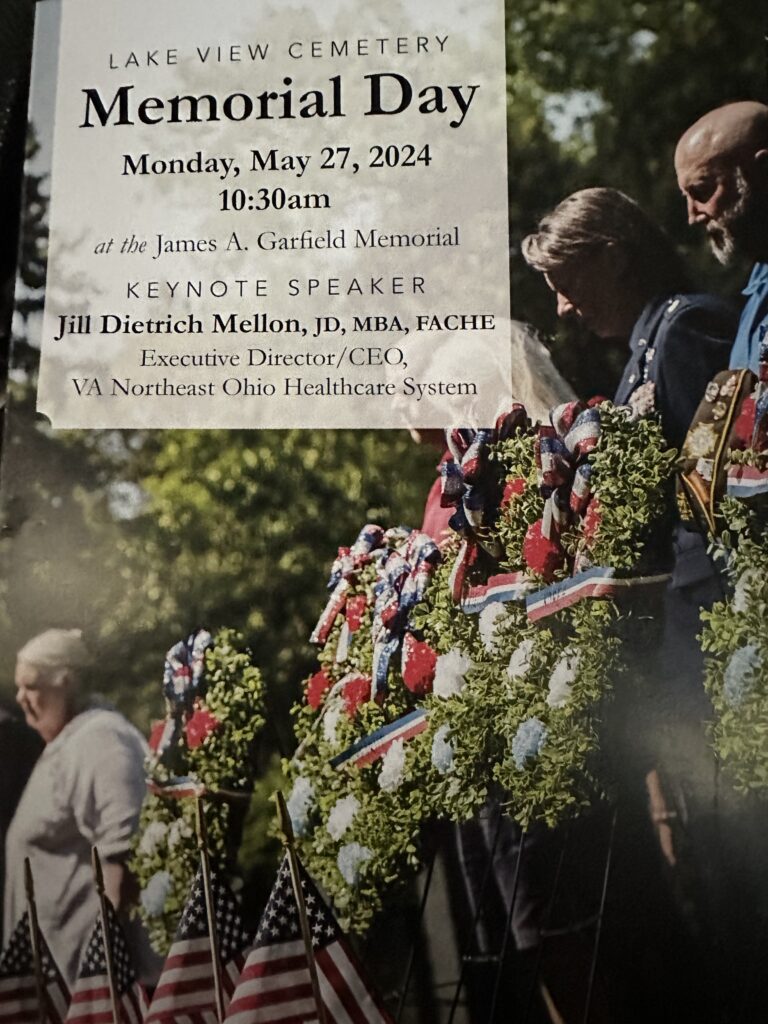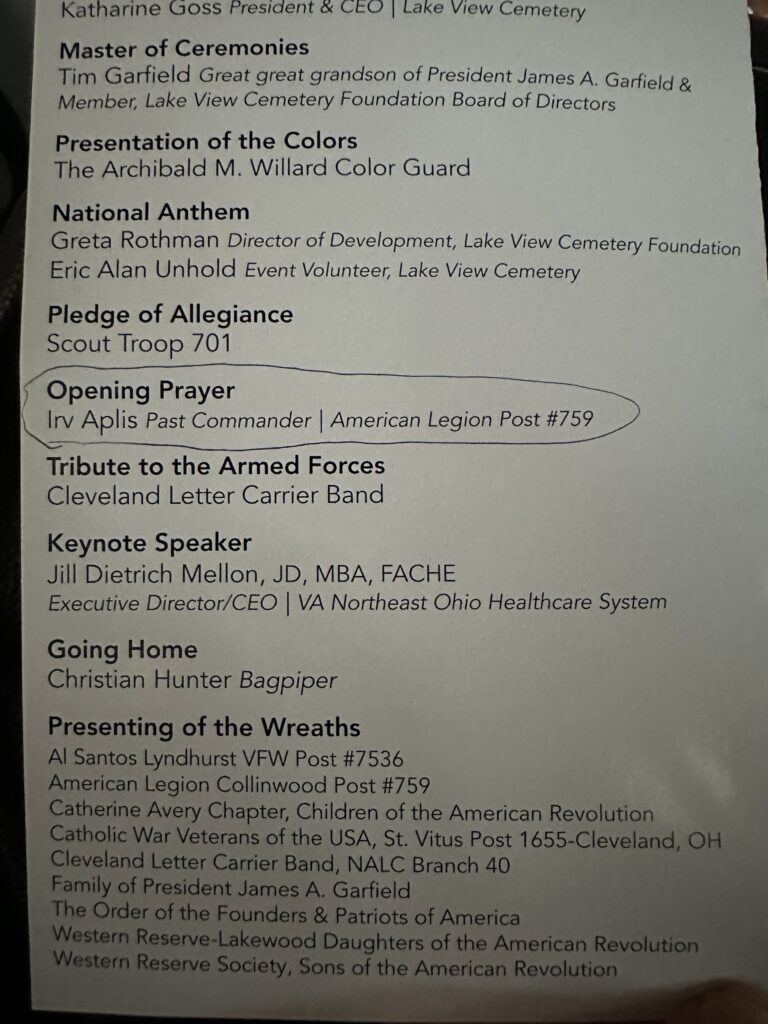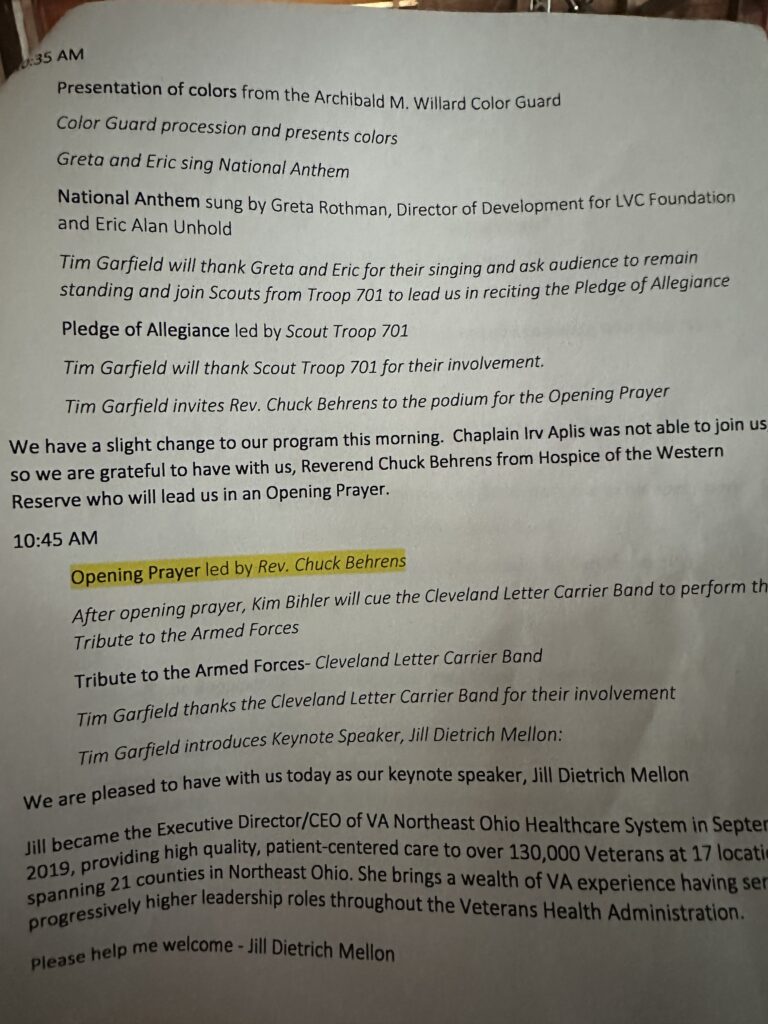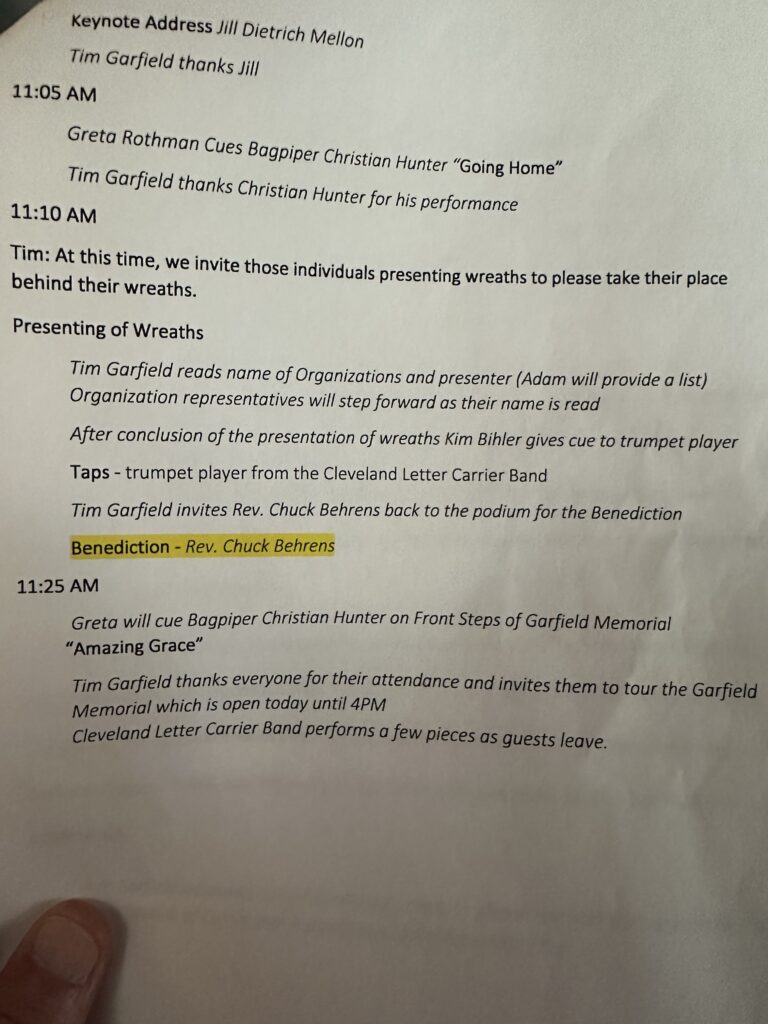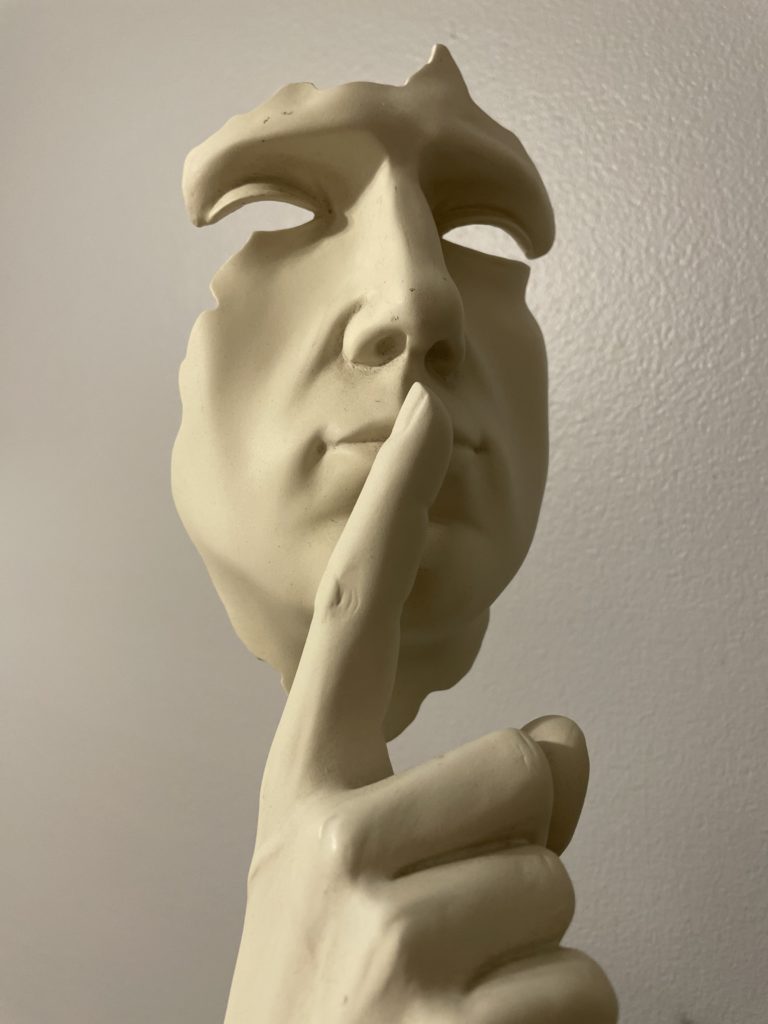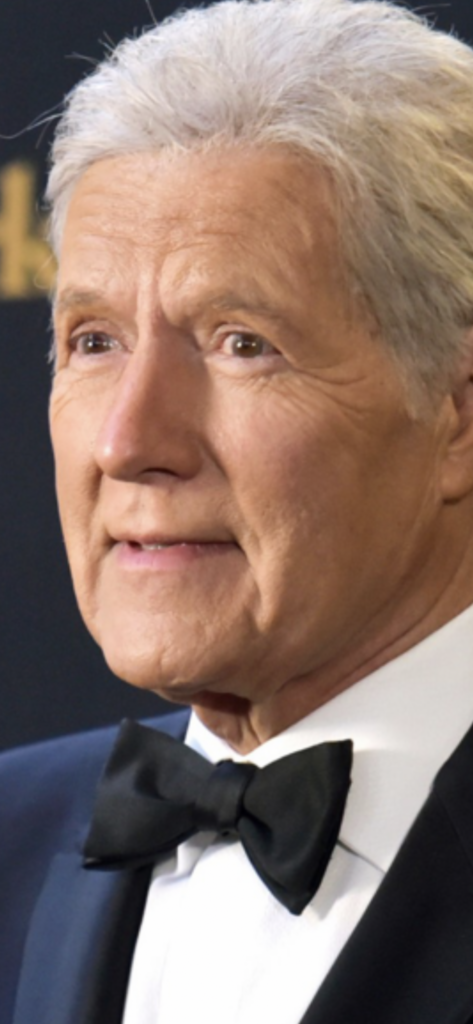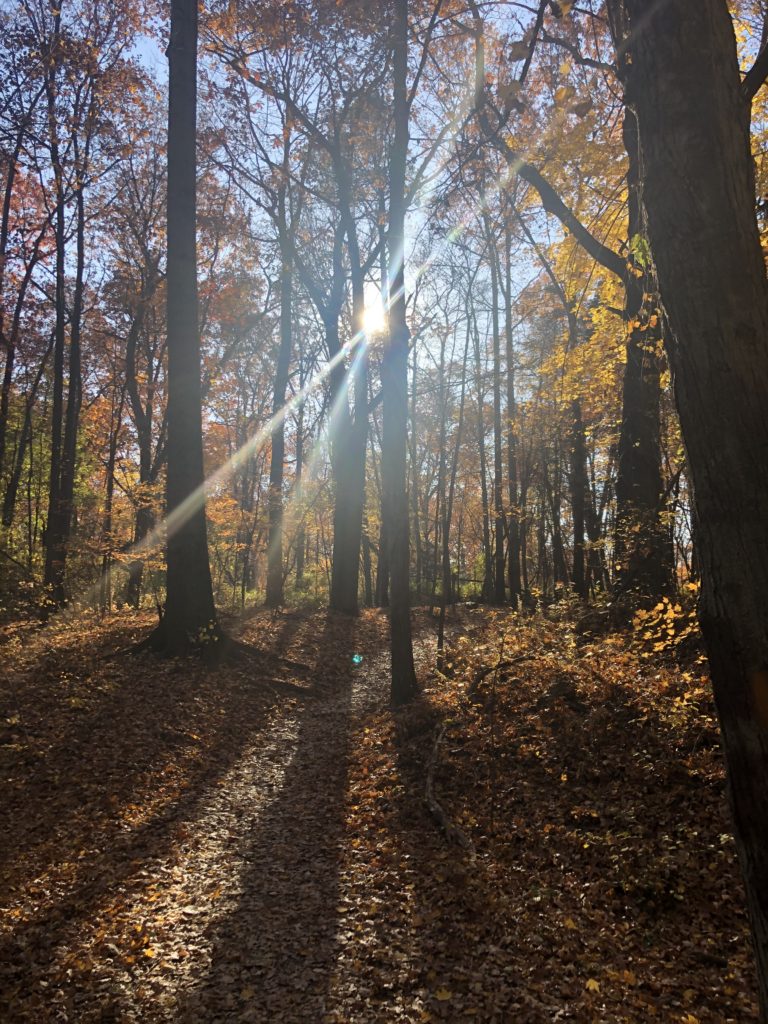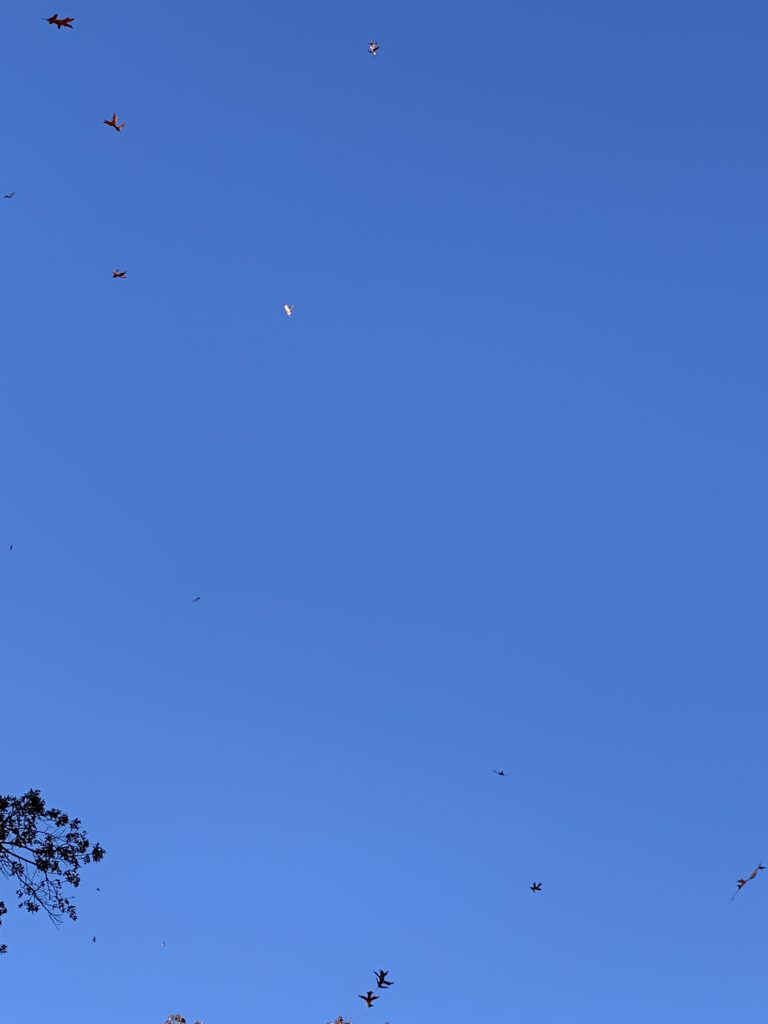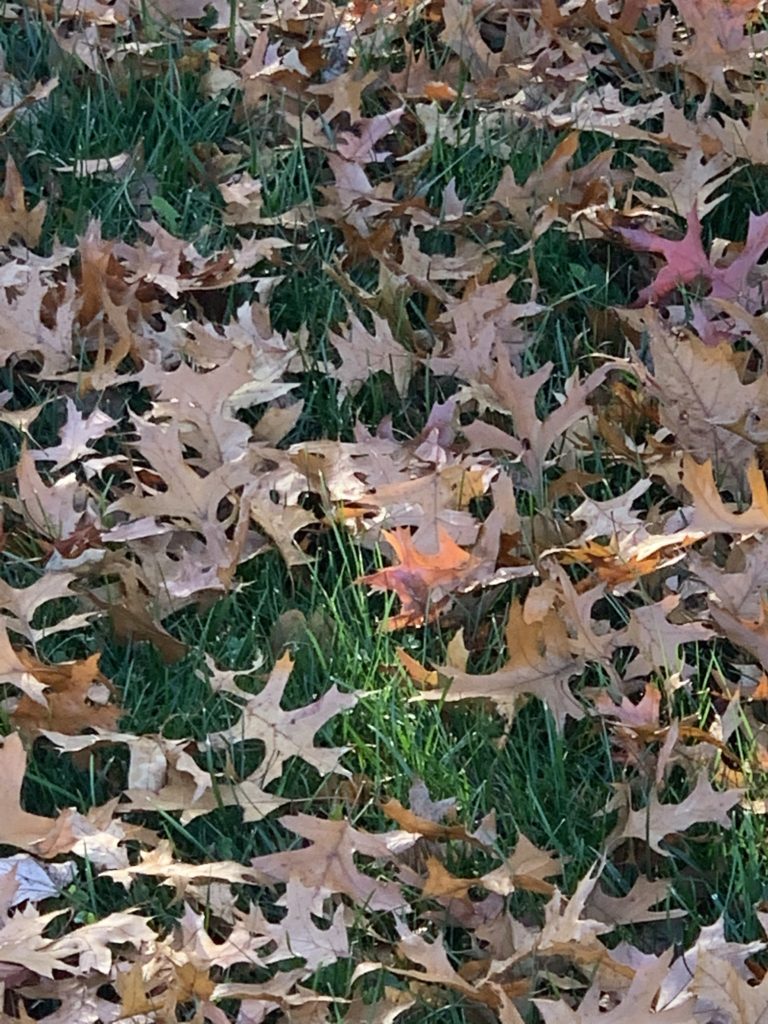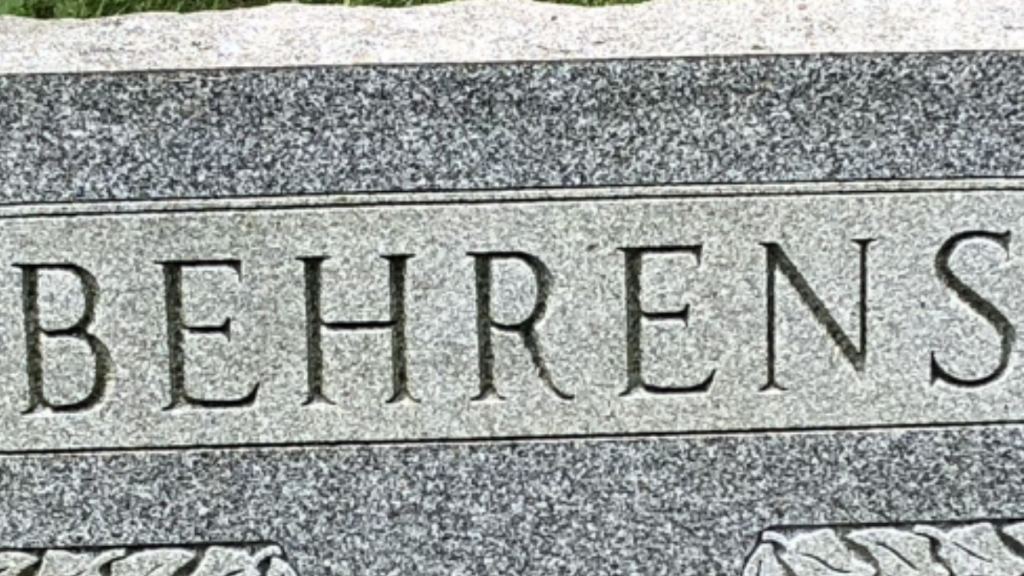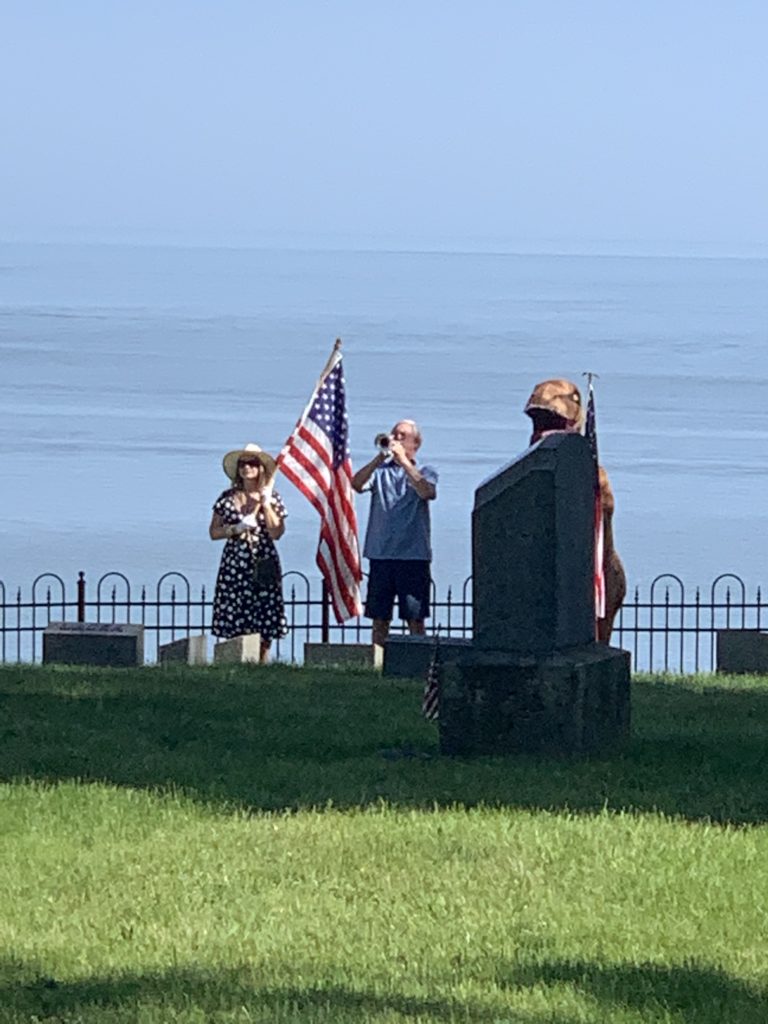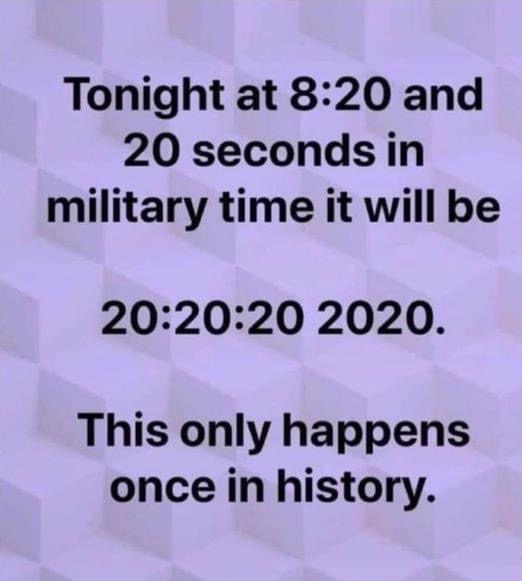It’s the Pope‘s funeral tomorrow and I won’t be attending and most likely I won’t be watching it live. I may check in on some of the details and some of the highlights later in the day, but the honoring and the celebration of somebody’s life isn’t so much in attending their services as much as in attending to the responses of their actions in you that have begun and now continue because of the service they inspired, created and made possible not so much for you, but because of you. To live the message of somebody’s life is really the ultimate act of celebrating their life. To remember somebody that way not only keeps them close to you but also makes you a better person. So no, I won’t be attending the Pope’s service and attending tomorrow and I most likely won’t watch but I’ll do everything I can to not just listen and learn from his message, but to keep it alive just by simply sharing it~~JOIN ME JOINING HIM

Sometimes a single life can become a stretching ripple that travels far past any intended shore. Of the billions of souls that have ever lived on Earth – there will never be another one like this man.
May I find the courage to overcome my ego in me to embrace call to try to become an agent of compassion during whatever time I have left here on this planet.
As a cradle Catholic, I have had my struggles keeping myself tethered to the faith I was handed at birth. Frances was one of the strongest gravitational pulls keeping me in loose orbit. I pray that the next leader who is chosen carries kindness into the role.
We will miss you, Papa Frances.
he never raised his voice—
he just helped the world
unclench a little.
he wasn’t a fist.
~ his life wasn’t a shout
to obey.
he was an open palm.
~ his life was a soft call
to be compassionate.
he didn’t light bonfires.
~ he reminded us
of our light.
he didn’t lead with power—
he just kept choosing mercy.
of course, as a soul who
was entangled with humanity
he made mistakes,
but his kindness
was never one of them.
now his absence feels like
a window closed
somewhere deep inside me—
and I didn’t realize
how much light
had been coming through.
oh Pope Francis,
may the perpetual
light shine upon you
~ john roedel
When you take the BEST of someone and make THAT a part of yourself, you instantaneously become a much better person and in today’s world, being a Better Person, person to person, is something we all could be become Better. . . .

